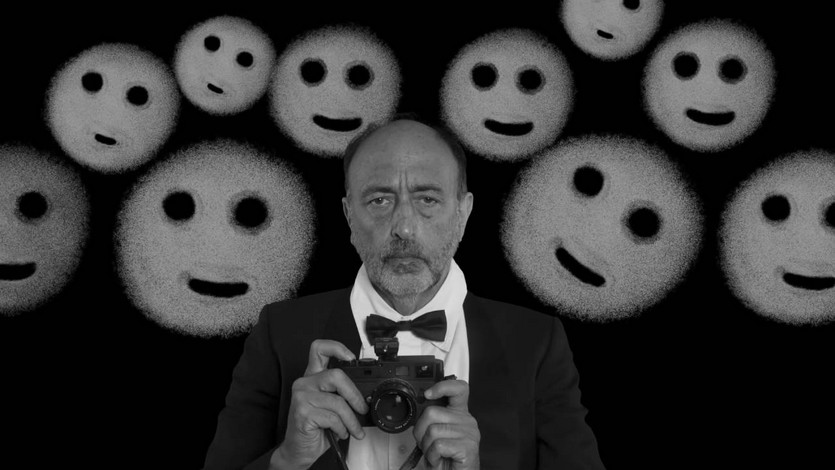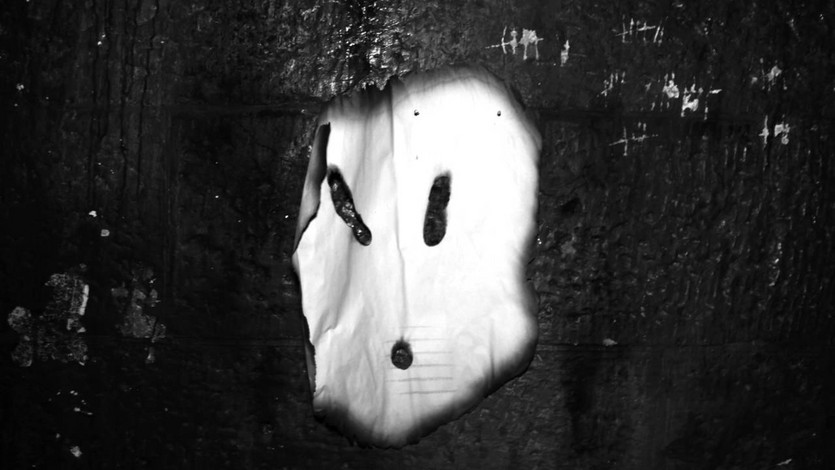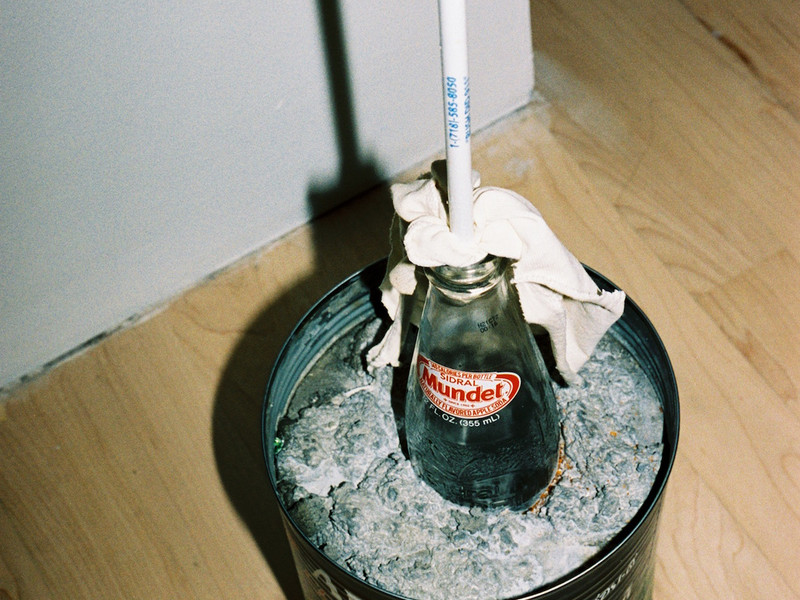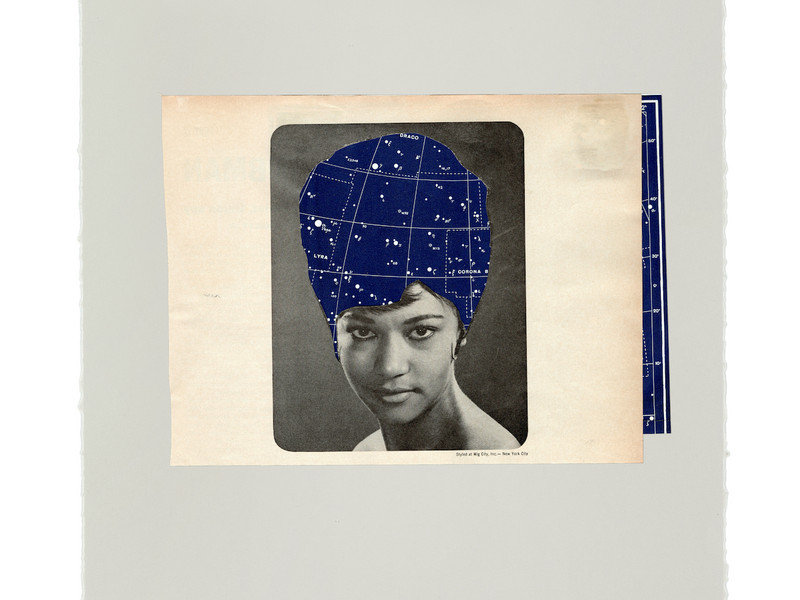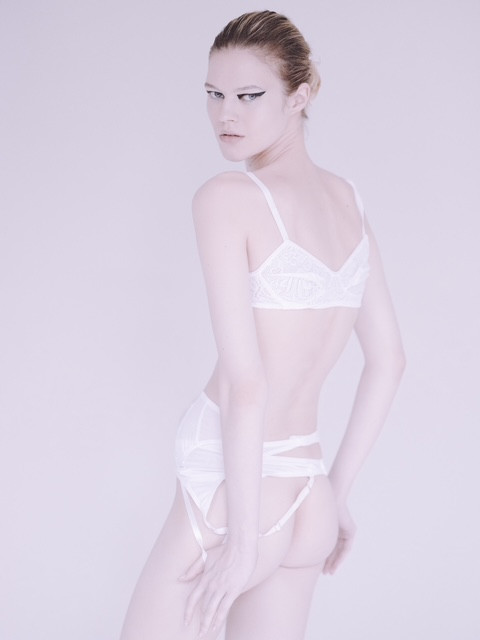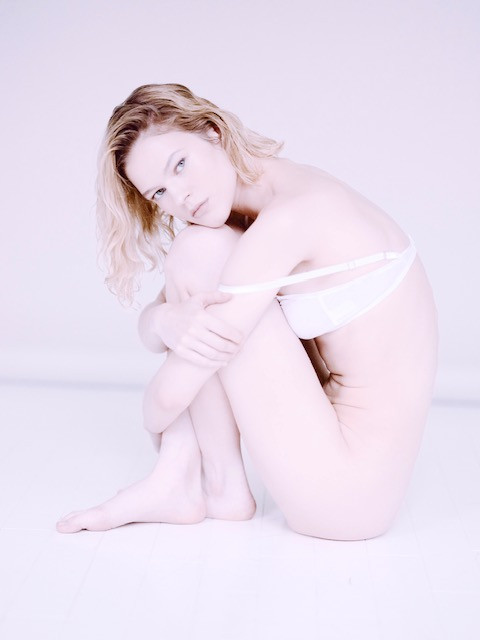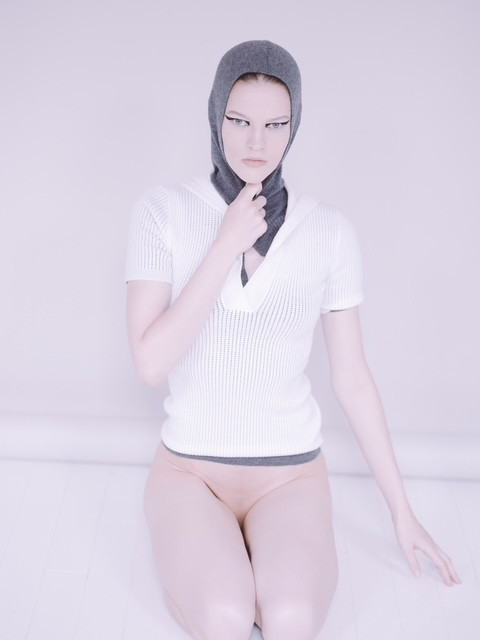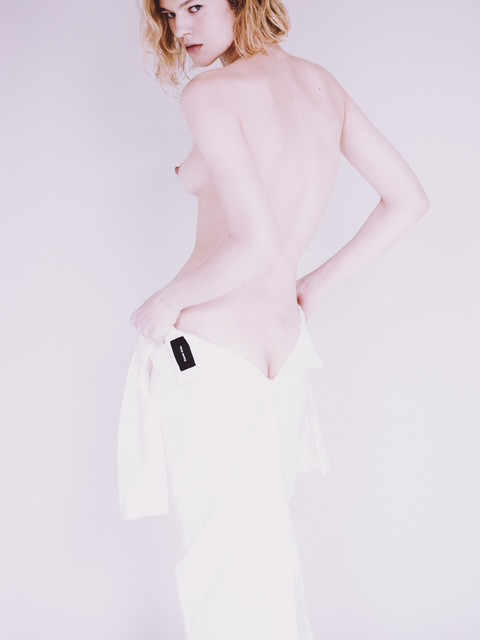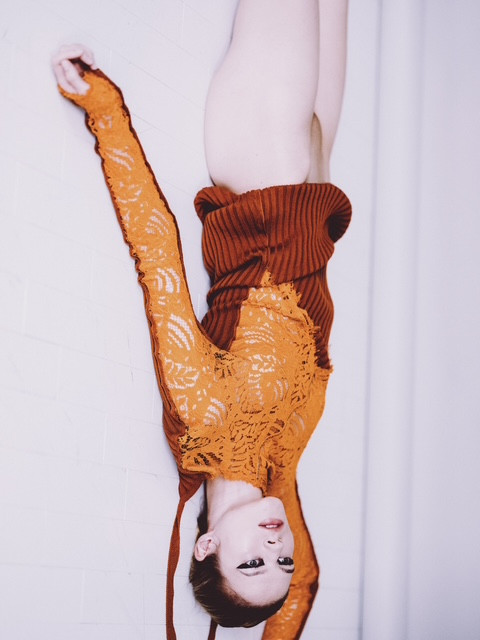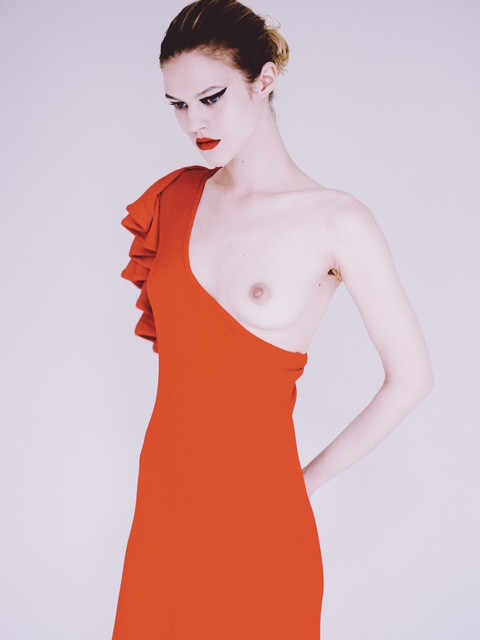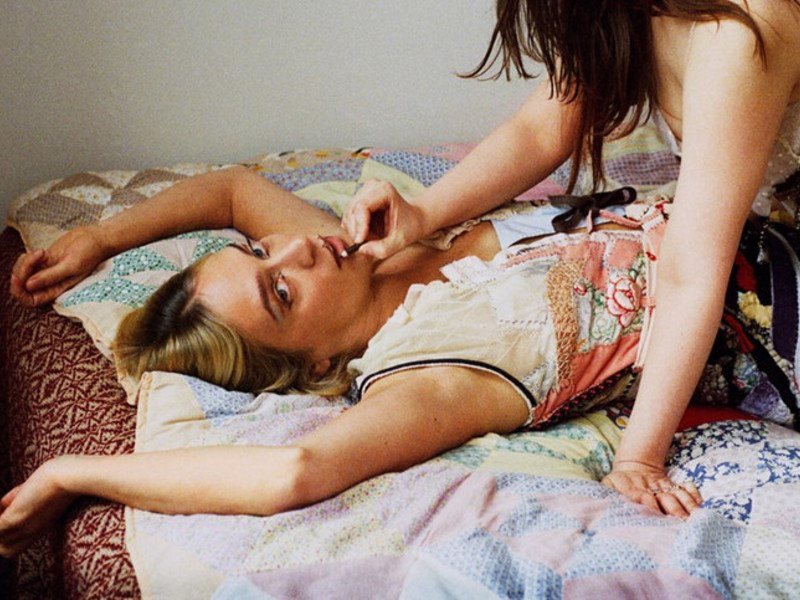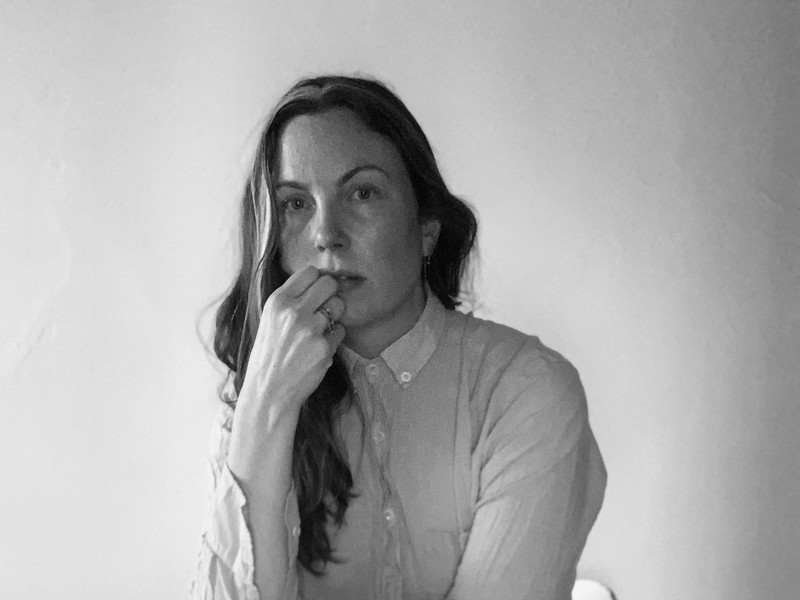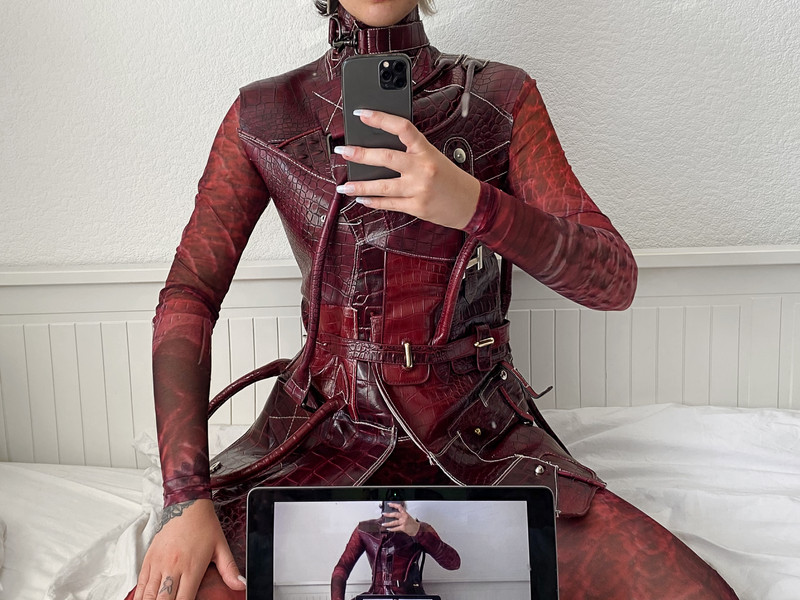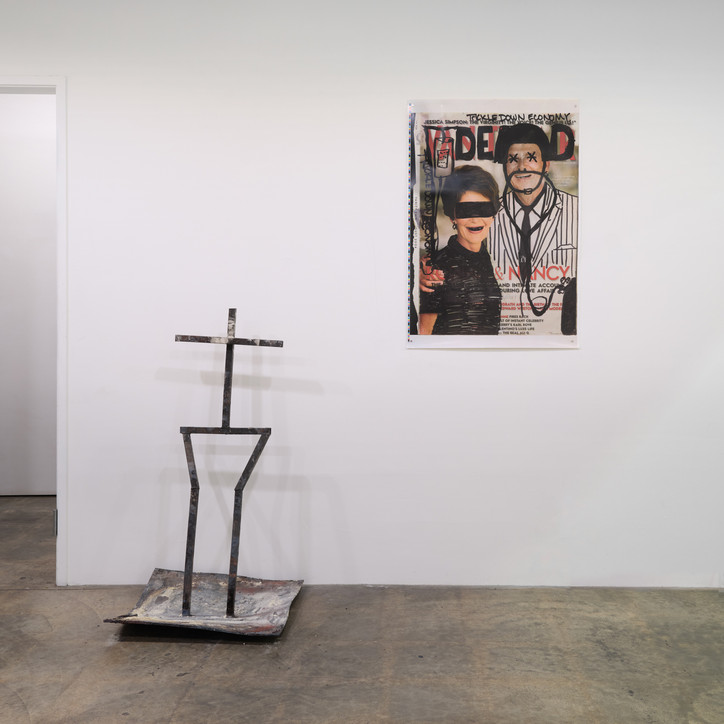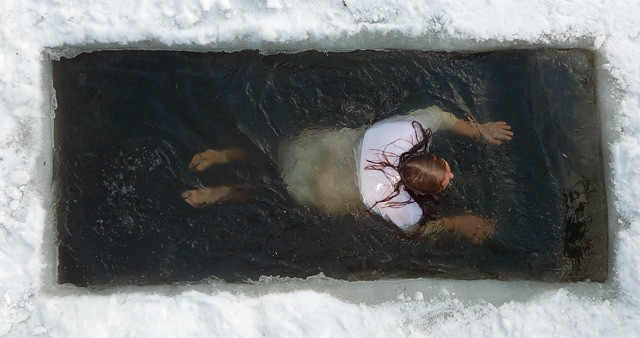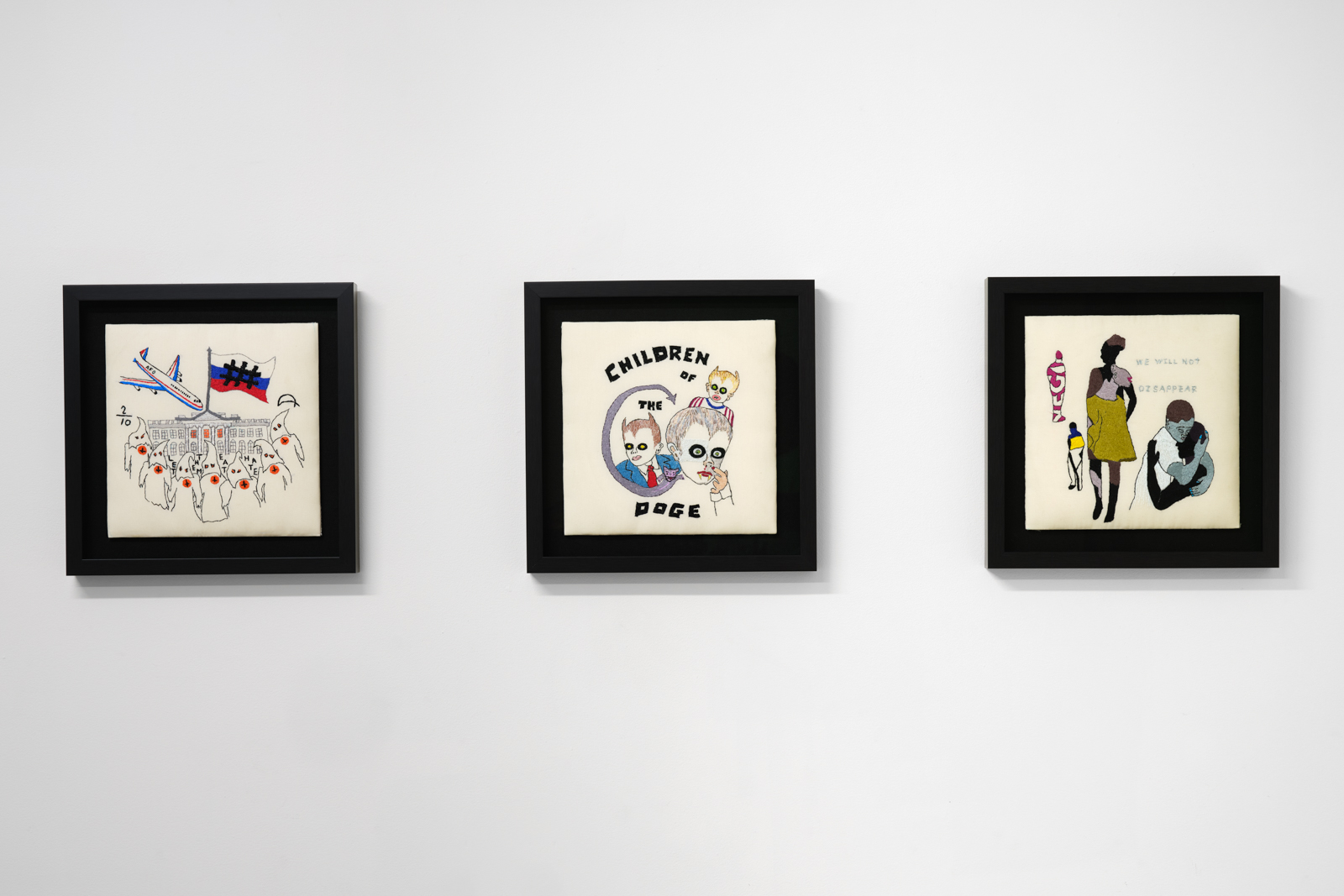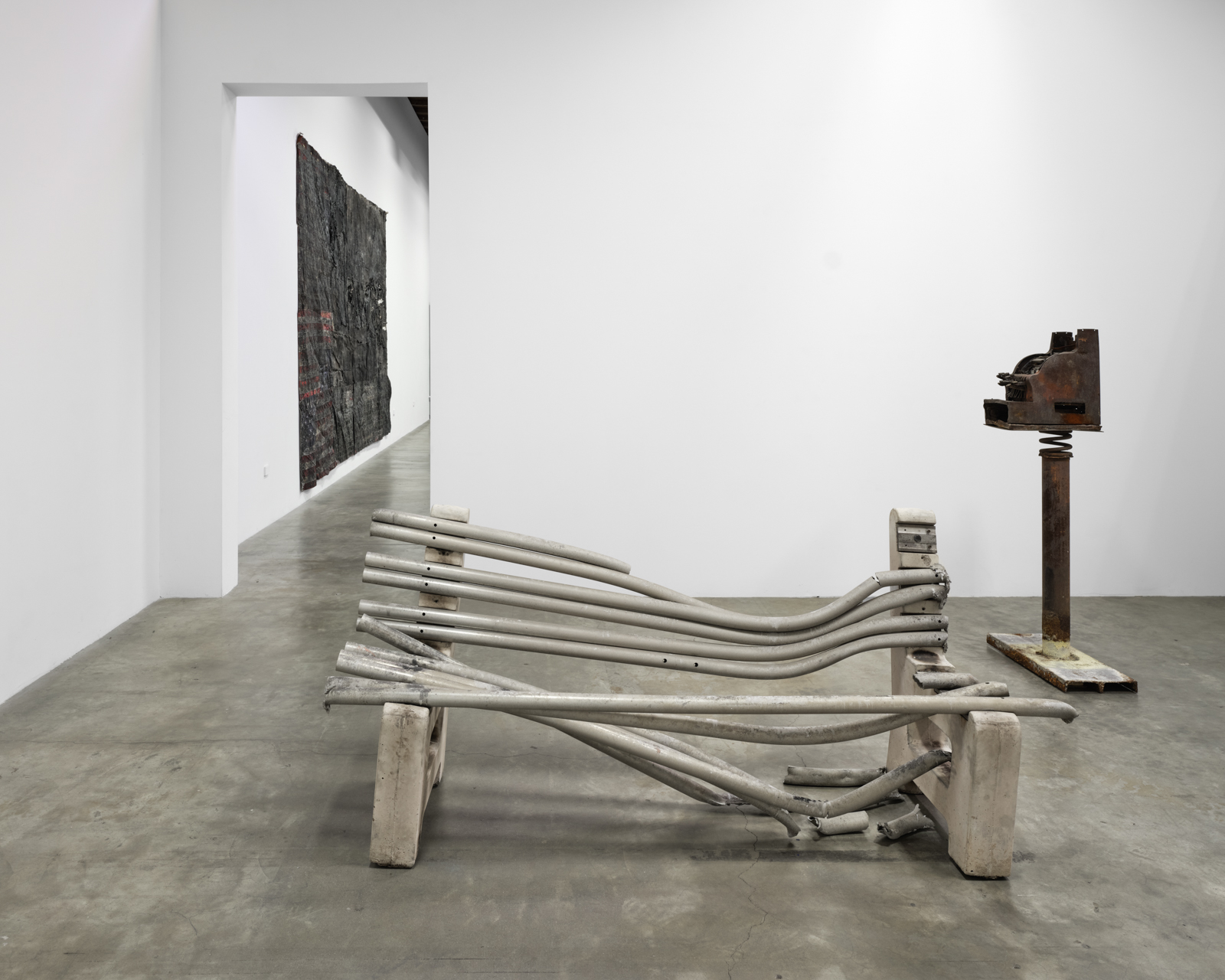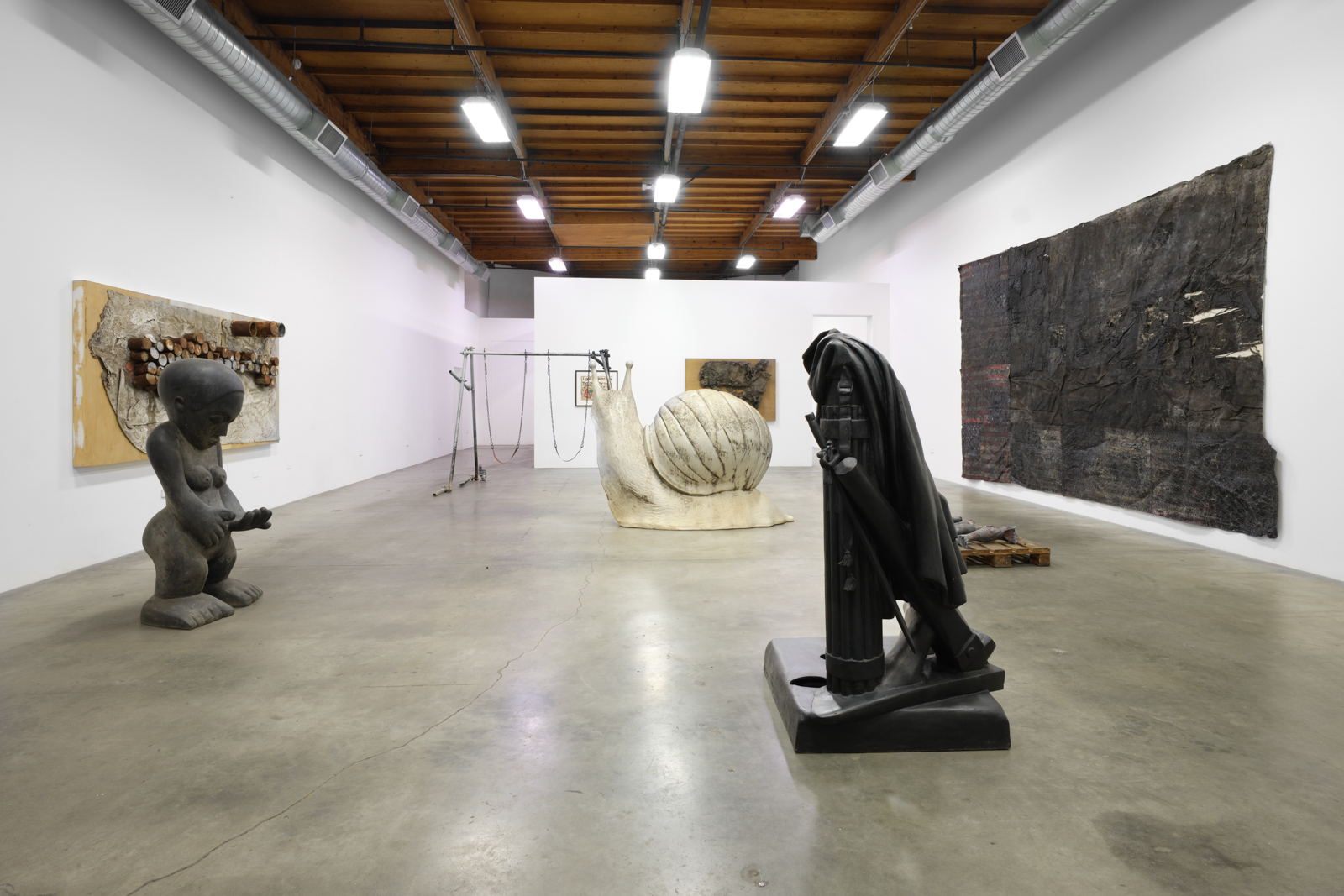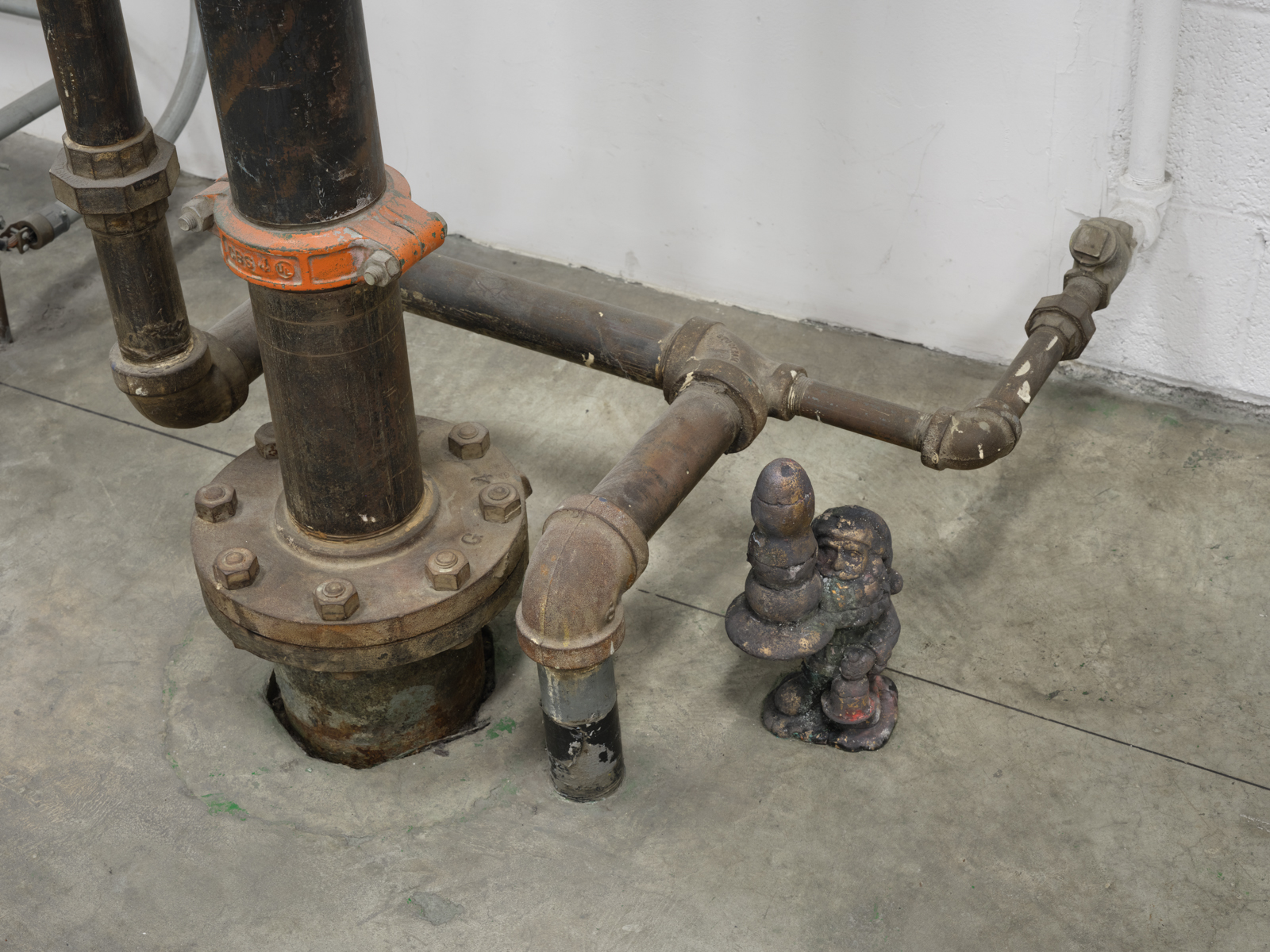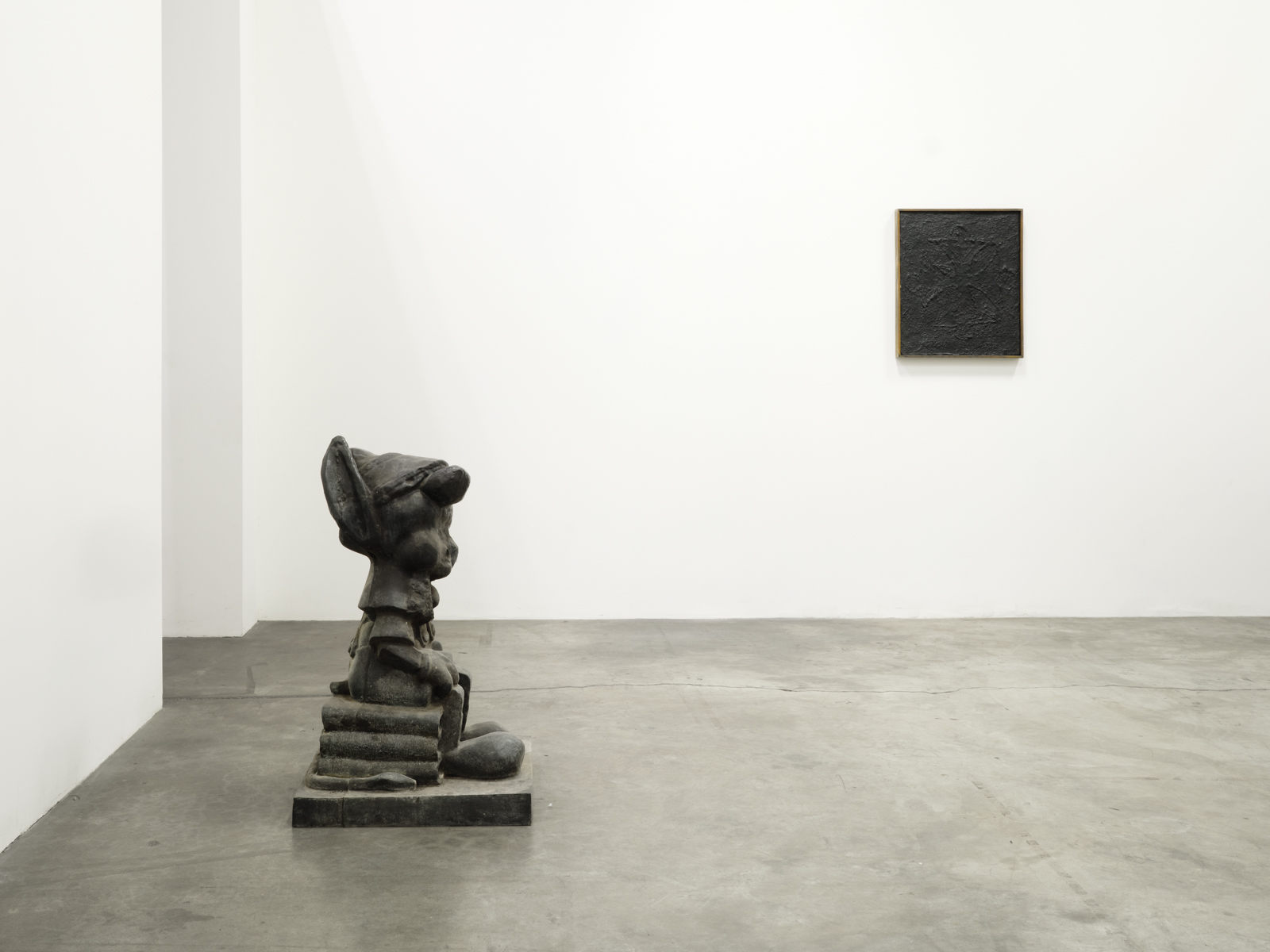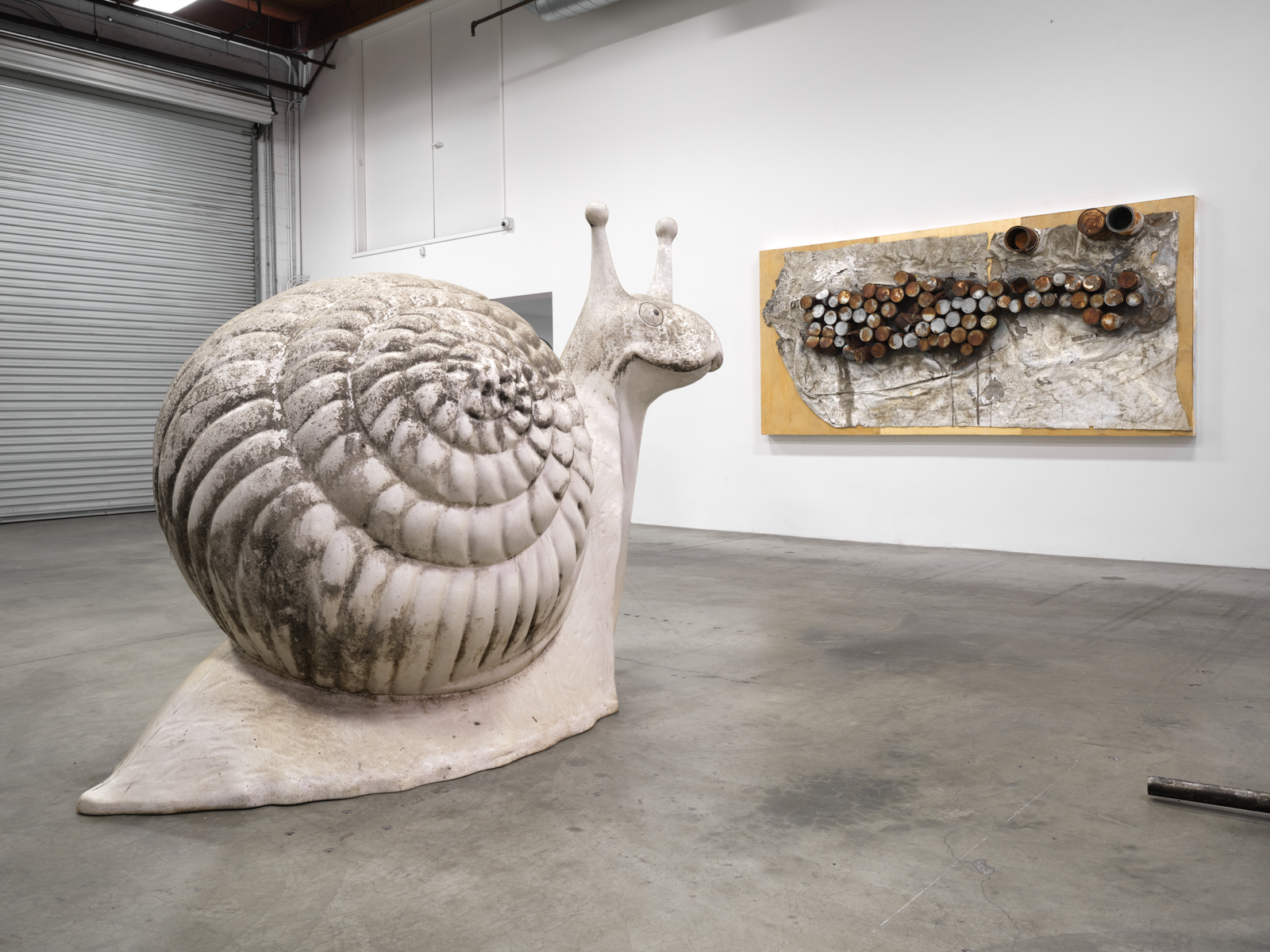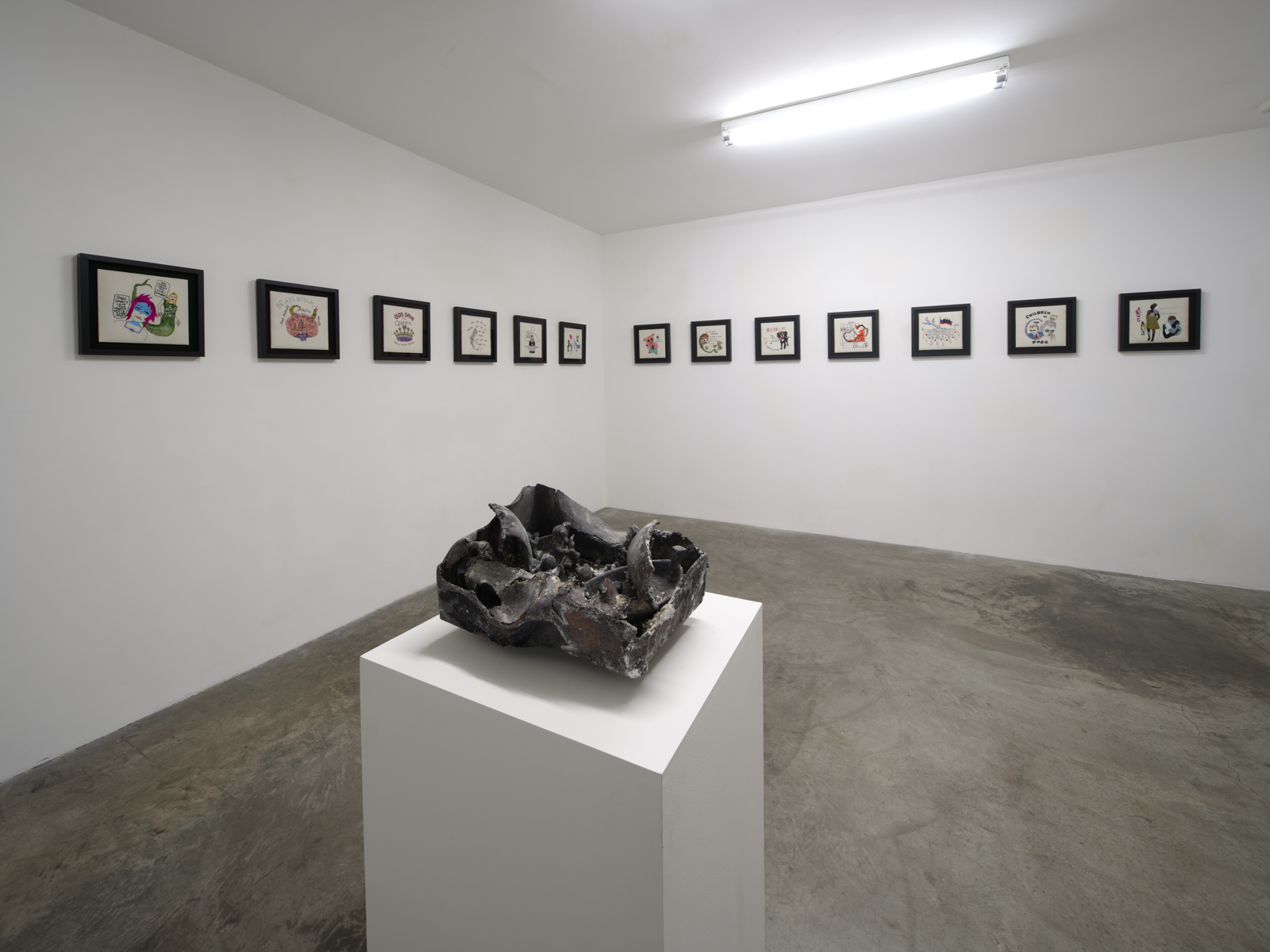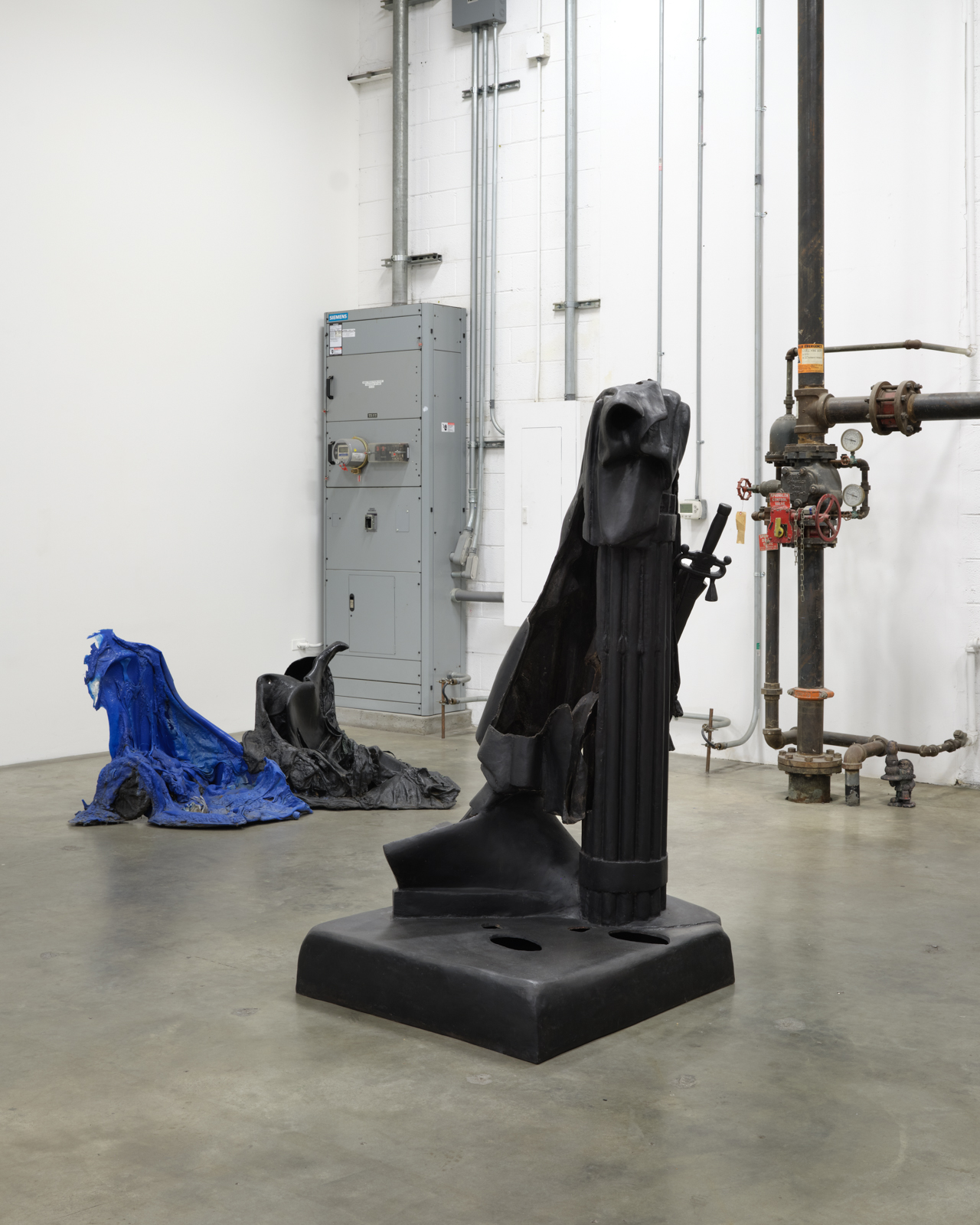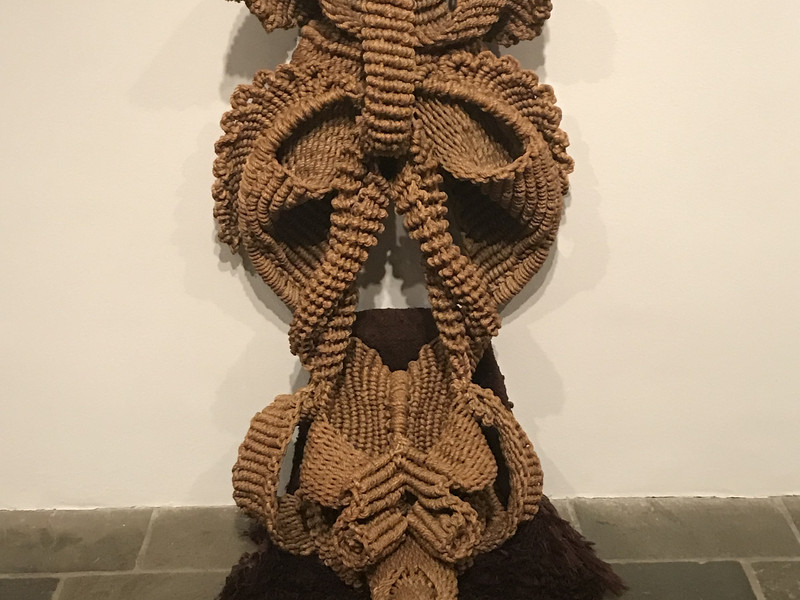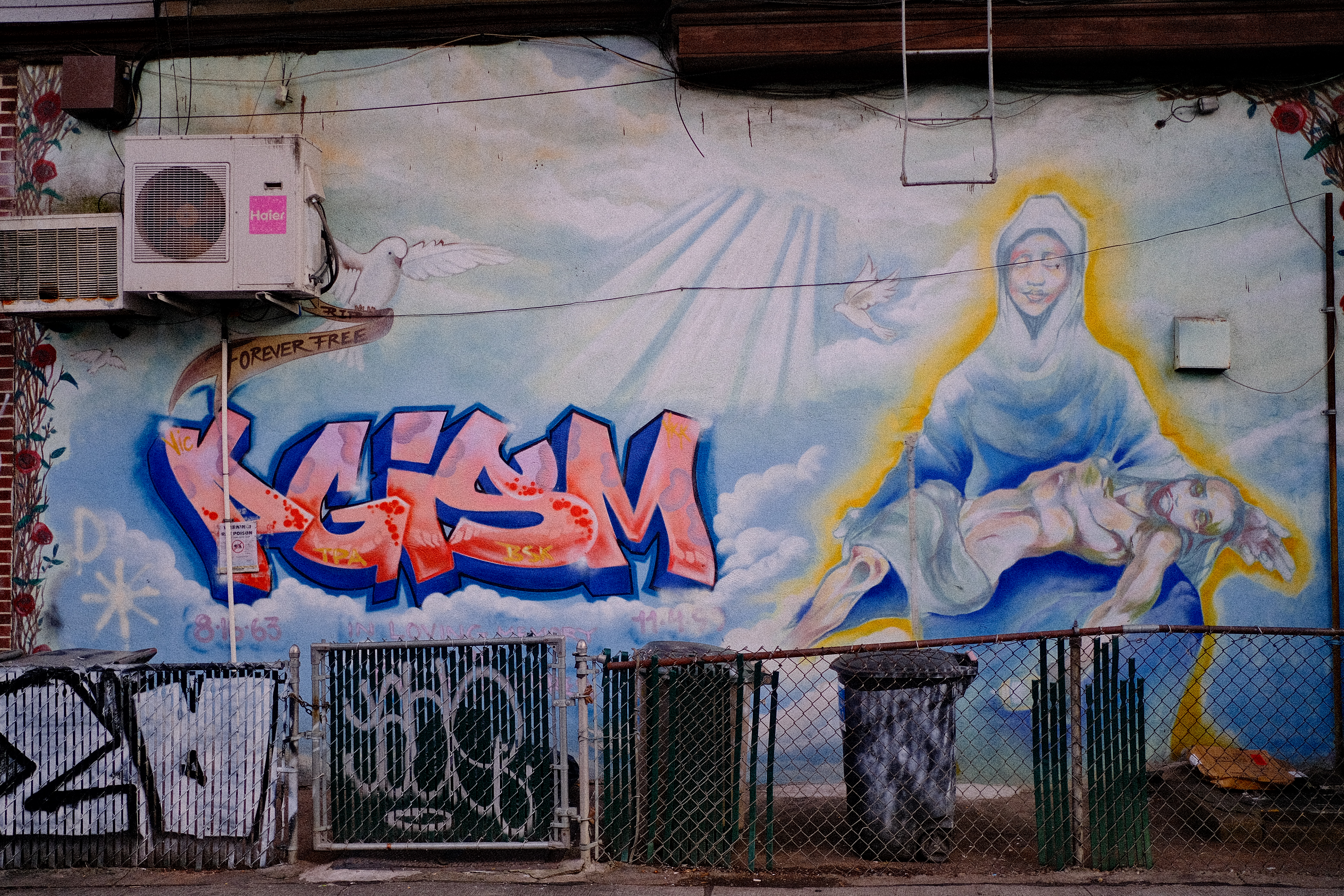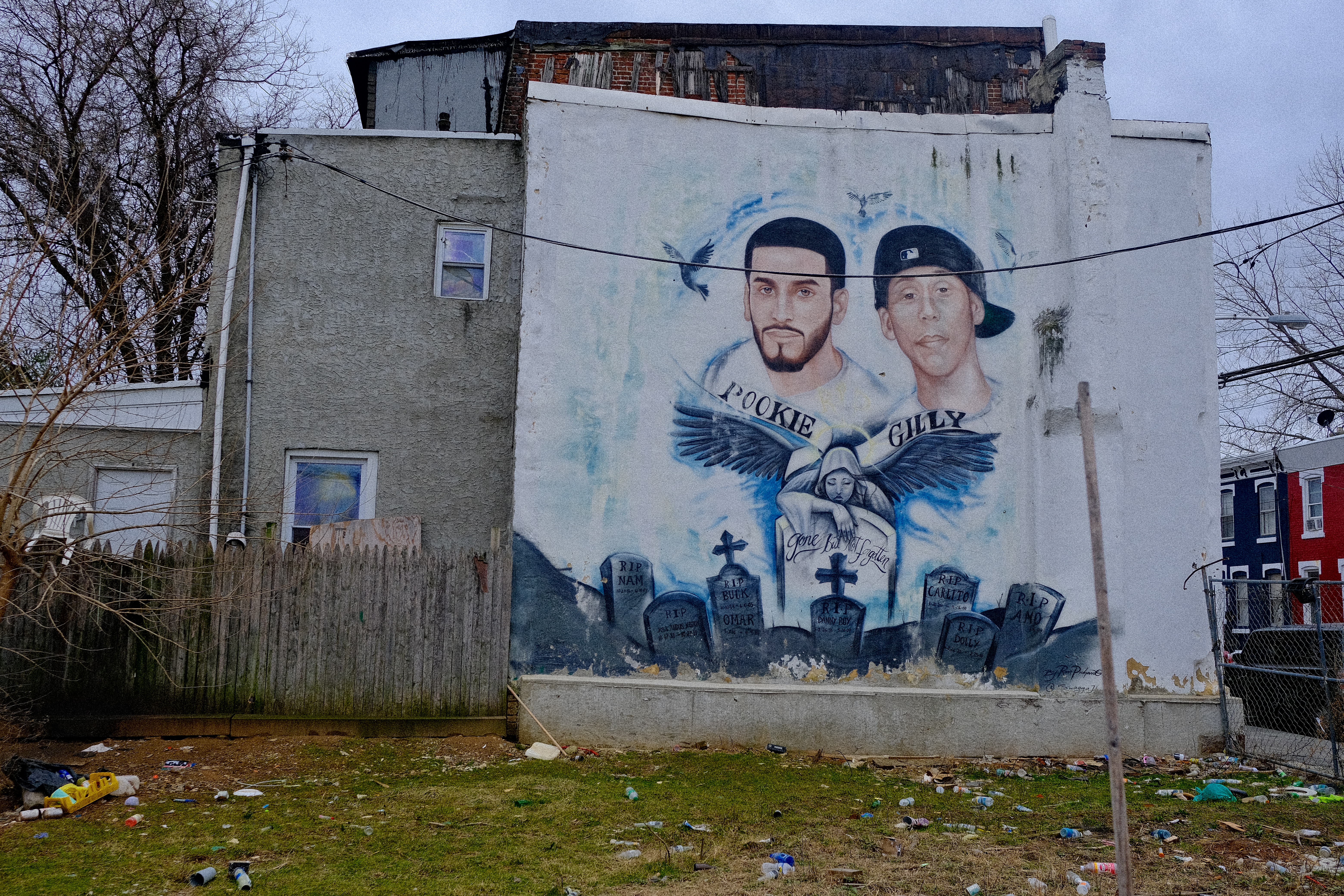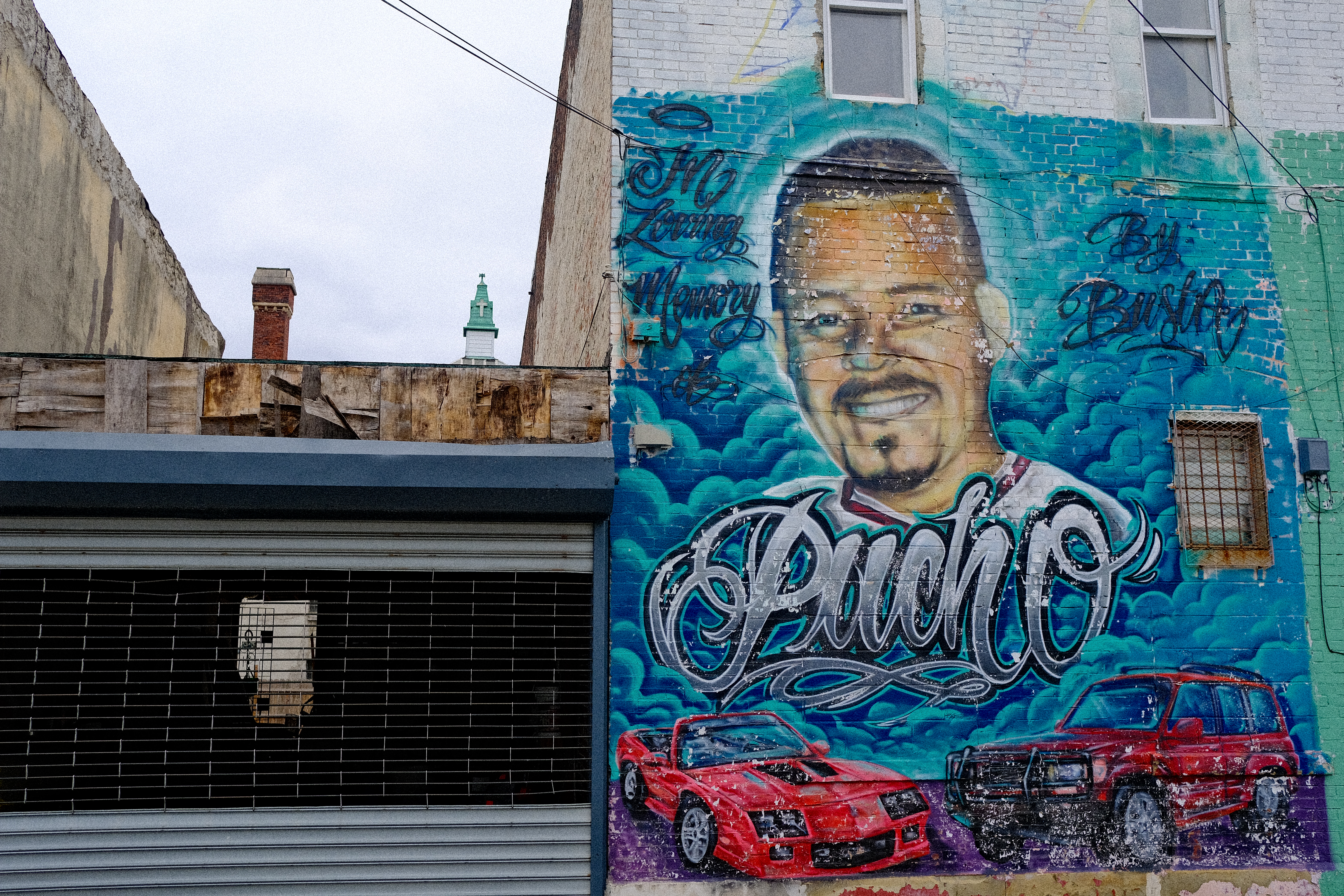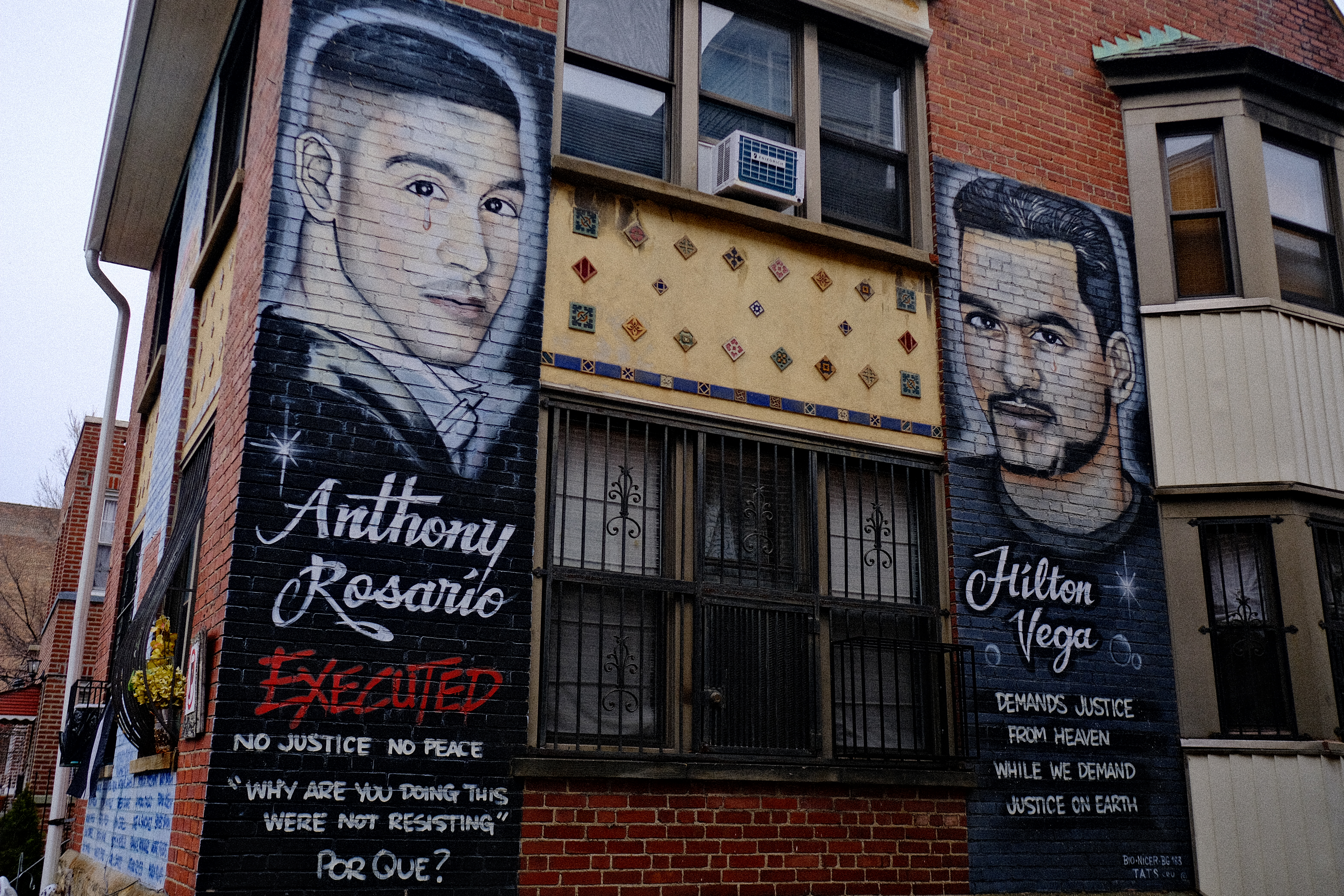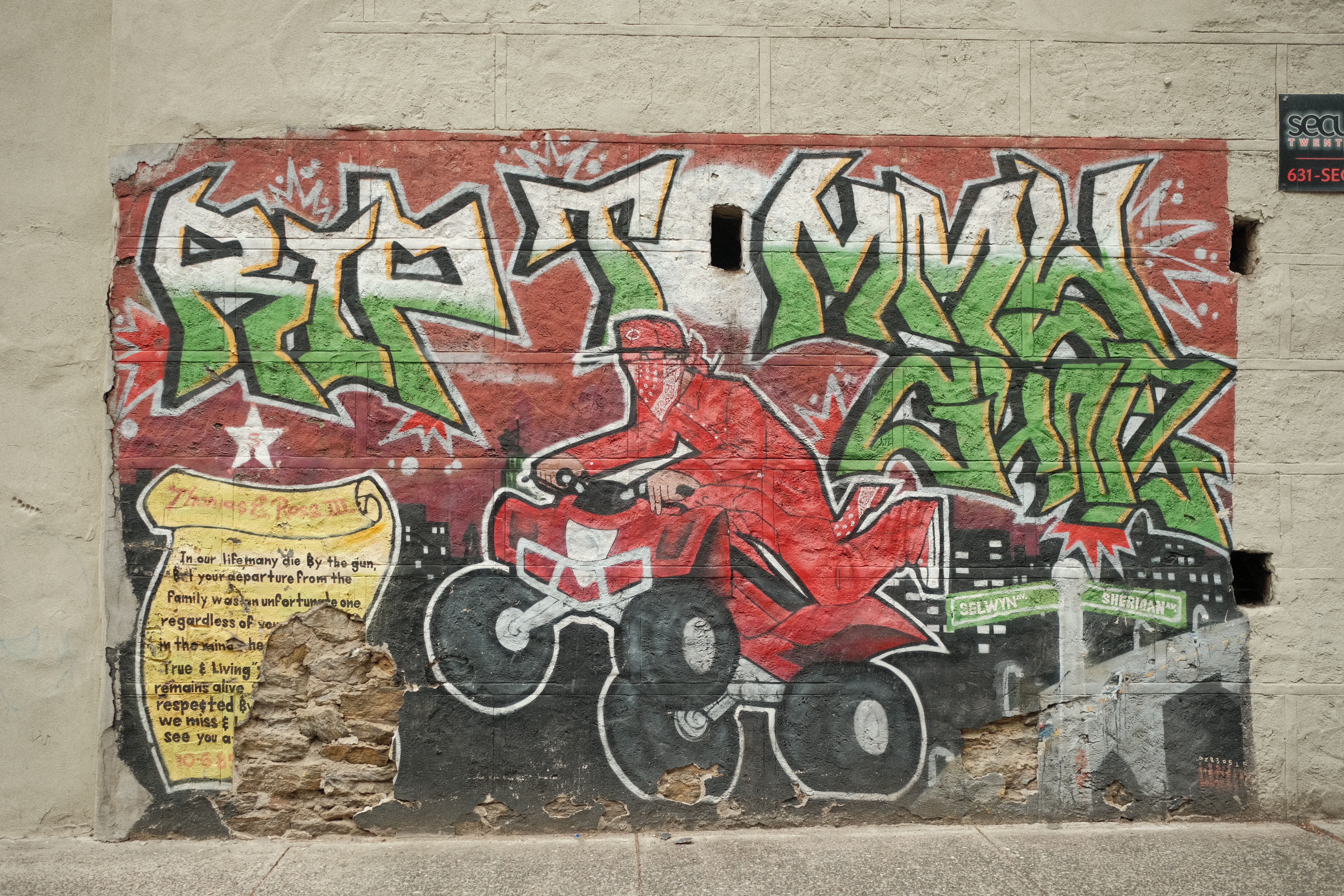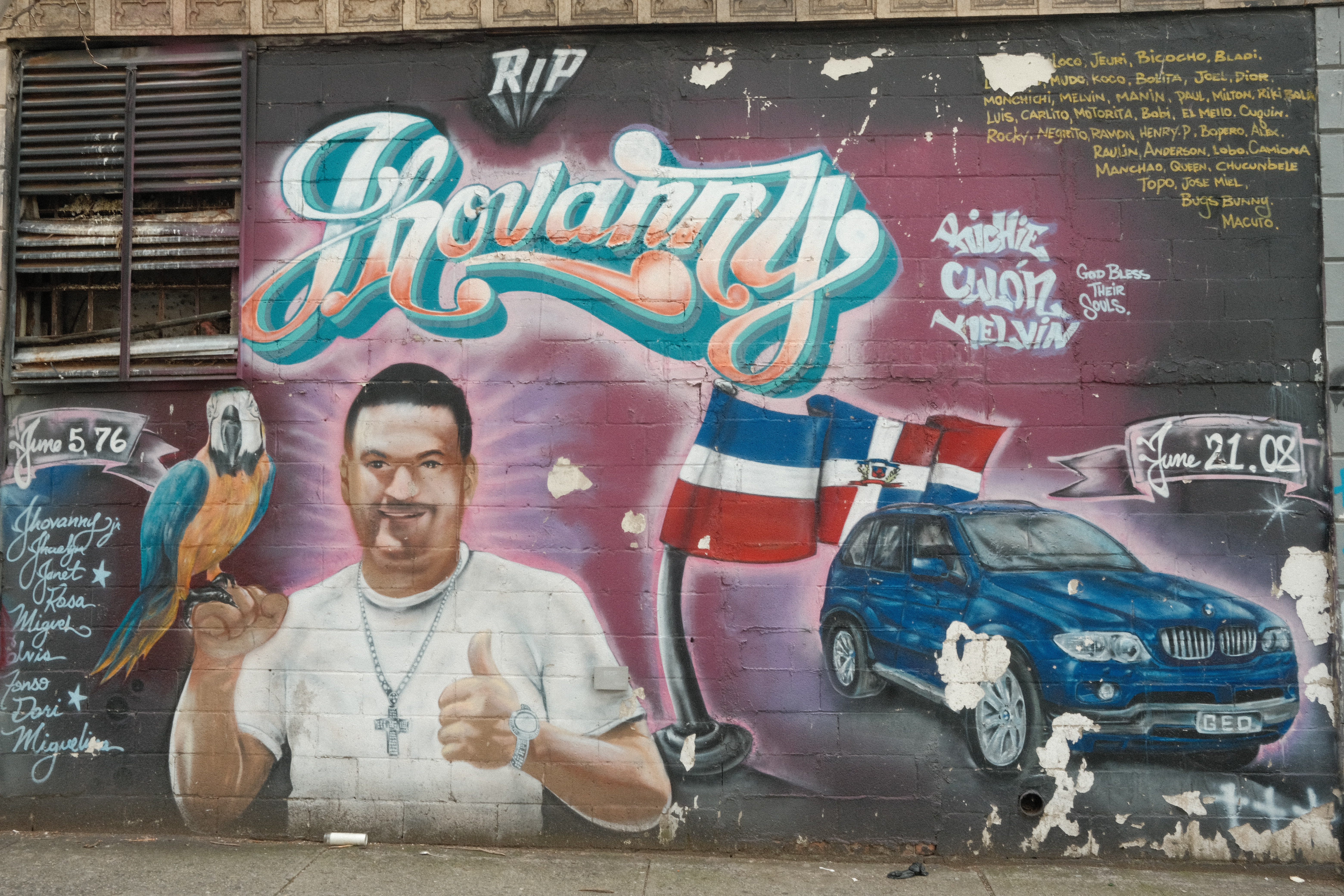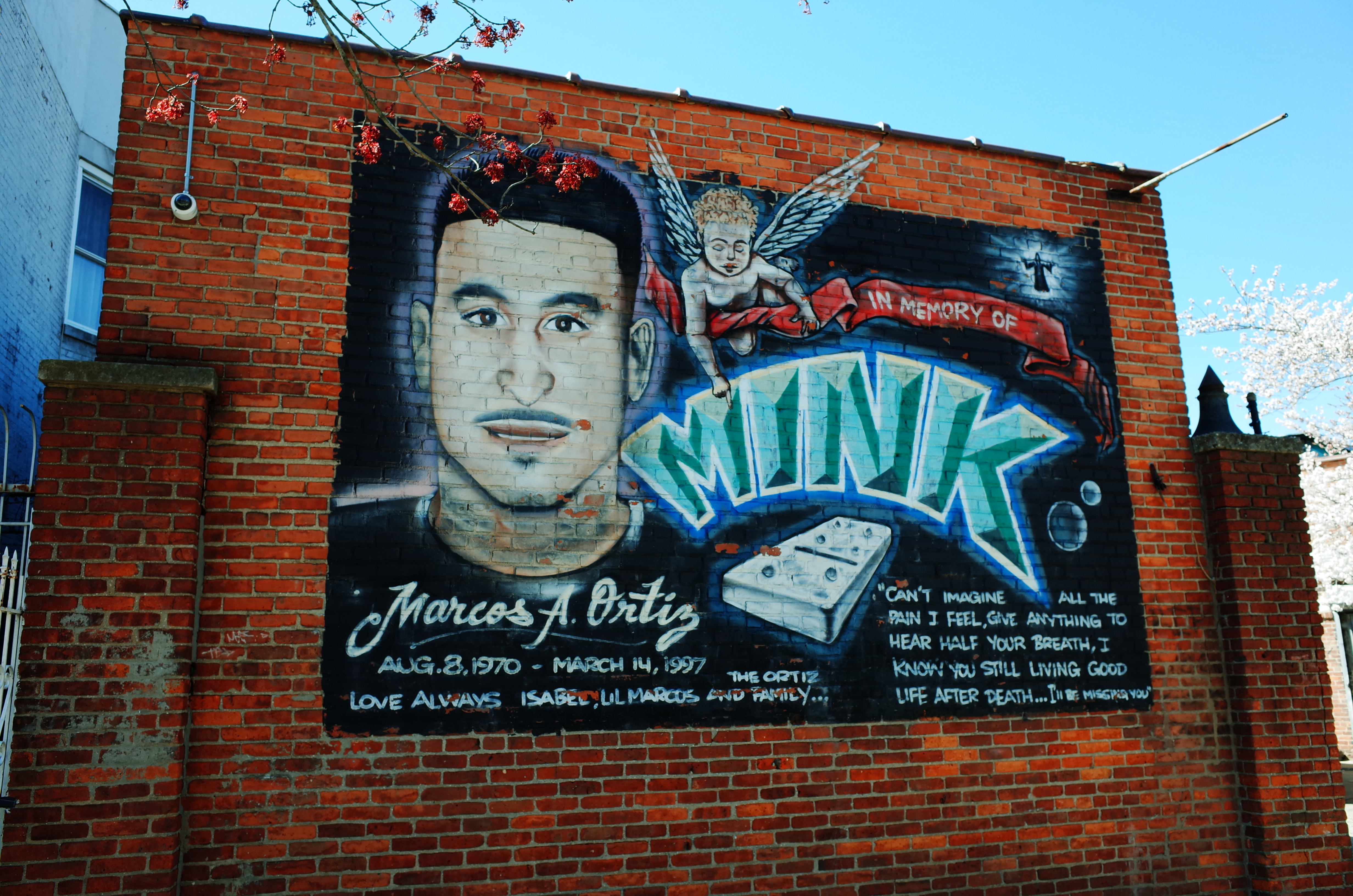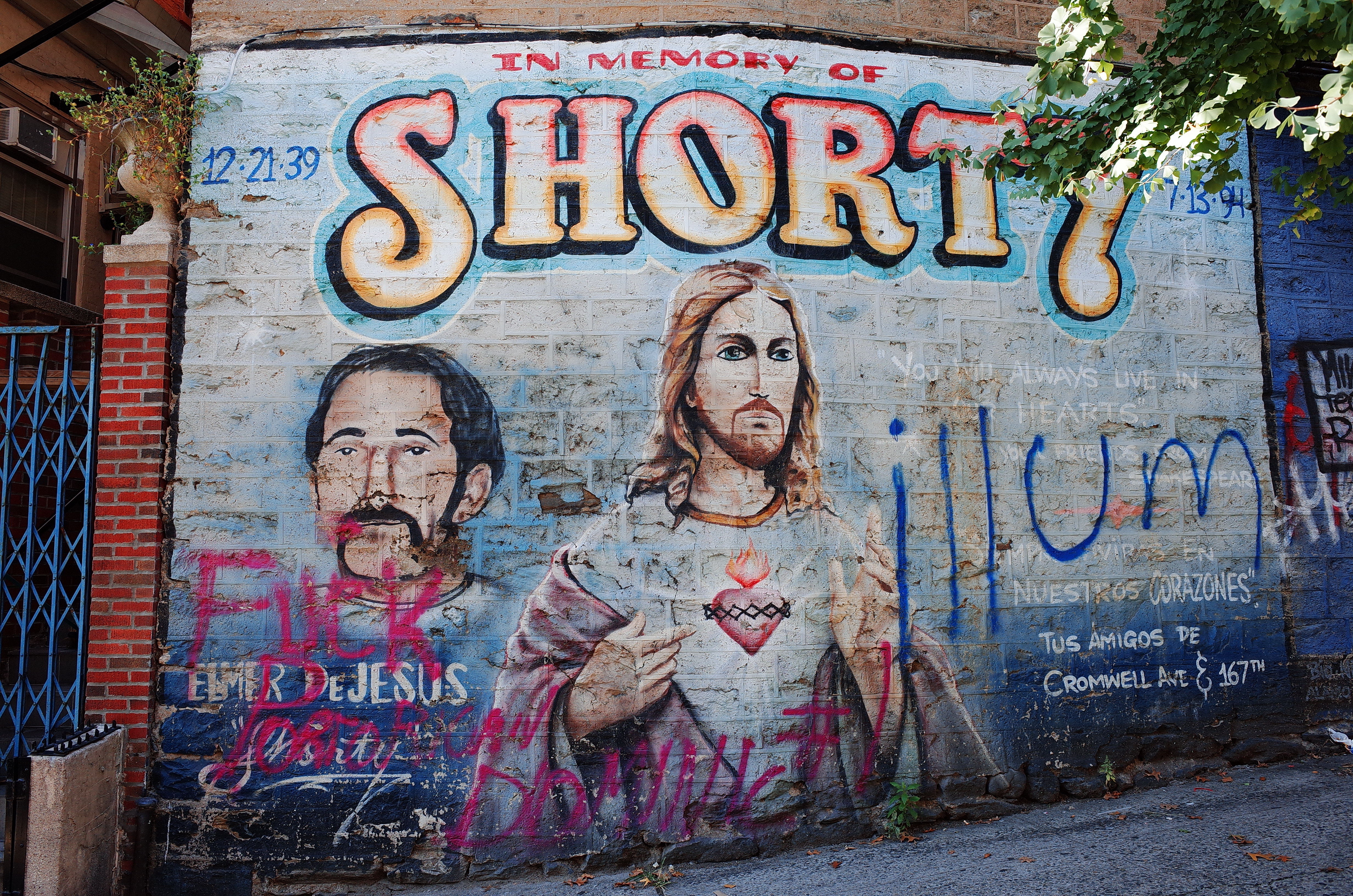Exploring The Subconscious With Roger Ballen
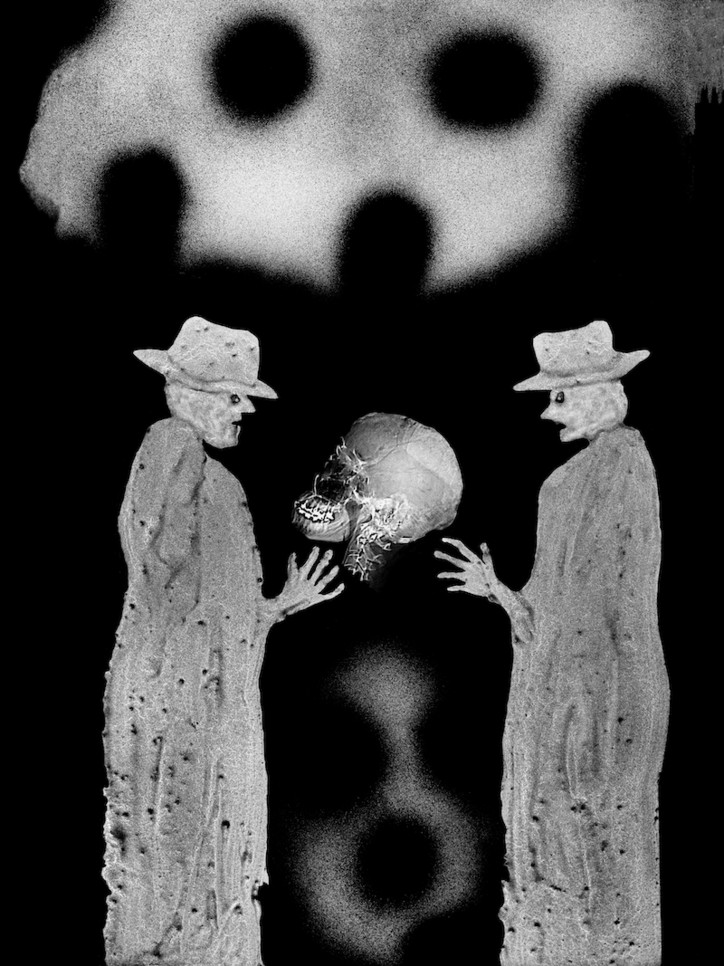
Can you describe The Theatre of Apparitions in your own words?
The photographs were taken on window glass, and I used epoxies and paints and made these paintings. It was a technique I’m quite proud of, because I developed it myself and with my assistant Marguerite in Johannesburg. This project lasted eight years, and we were able to express a side of myself that I wasn’t able to get to in such a direct manner in my normal photographs. Each project I do in a way opens up a realm. This one opened up a deep, mysterious realm for myself. It was quite inspiring to work on this project.
What in particular opened up that realm, and how would you describe it?
I think it’s just the nature of the types of images I was able to capture. The luminosity of the images and the way the paint reacted and the content of the images, which can’t be separated from the form and the technique. These images have a kind of Rorschach, subconscious meaning in them, and they can stand on their own. It’s very rare that you take a picture of a drawing and the picture has any artistic merit. This is very difficult to achieve in photography, and I feel like I achieved that in these pictures. I was able to create photographs of drawings that had a presence of their own, and that’s very difficult to achieve in photography, because it’s very documentarian when you do that. This became an aesthetic.
The way that both mediums play off each other creates something very spooky!
It is very spooky, because it gets into the deep subconscious mind.
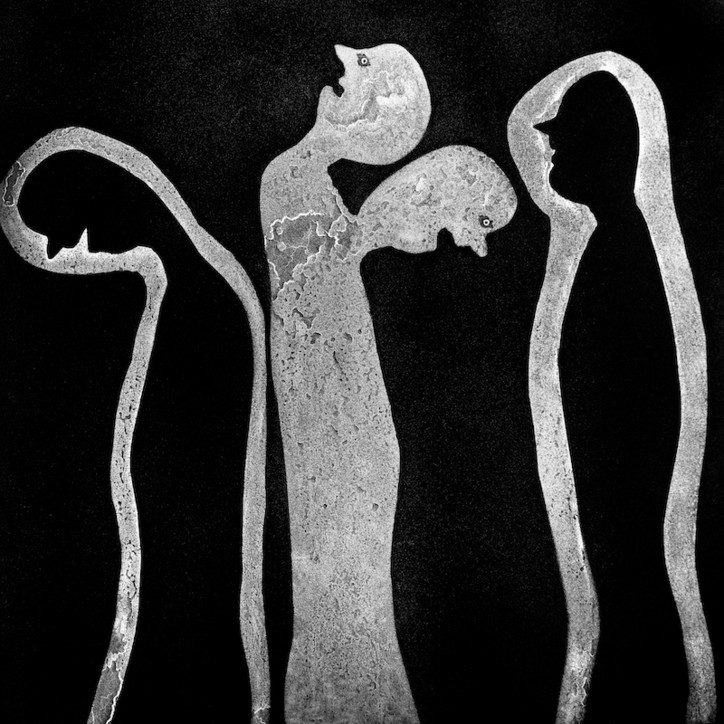
So you’ve broken down the book into seven different acts. How would you describe them?
The thing is that there can be overlap in the pictures. Some are more directly related to the name of the series, but others can be in a few different series. So it was sort of arbitrary in some ways, and in some ways it wasn’t. Eros, has something to do sexuality, there’s fragmentation, which has something to do with chaos. Then there’s ethereal in the bookends, which has something to do with the afterlife. I think everything in here has something to do with how the subconscious mind deals with the afterlife. Because that’s what an apparition is: it’s a ghost. And every culture in the world subconsciously, consciously, deals with the world of ghosts. What do you become after you die? Well, it’s very difficult for the mind to conceive of nothing, so we can try to sublimate nothing into ghosts, perhaps in some way. So ethereal deals with the heavens and afterlife.
Do you believe in the afterlife?
I don’t think one can make any determination, in any way. I don’t even think you can prove you exist, almost. Life is very enigmatic and mysterious, and so ultimately, the older I get, I really just understand that everything is nebulous. I can’t put my finger on anything, to tell you the truth.
I mean, it’s a simplistic question. The apparitions that you describe, at least to me, exist in and around us all the time, not just in some kind of afterlife.
Yes, as part of an archetypal subconscious.
Could you tell me about the inspiration behind the book?
I was in a prison because I was making a movie at the time, and I was in a small little room of this prison. The window was coated with some kind of paint, and a person had taken a knife or something and drawn figures on the paint. So there was light coming in from the door of the window and there was light outside, so the drawing lit up in the room. And that was the beginning of the project. I was working in a place where there were windows and I started painting in different ways and then scratching them, which was the beginning of the project. And then I took some pictures, and I got some good pictures. And I got really crazed about this project, and it went on for eight years, with many different sub-series. The technique developed in all sorts of different directions over time. So that’s what happened, and that’s why, and it took a long time to get the technique right, it really did. I had to invent everything.
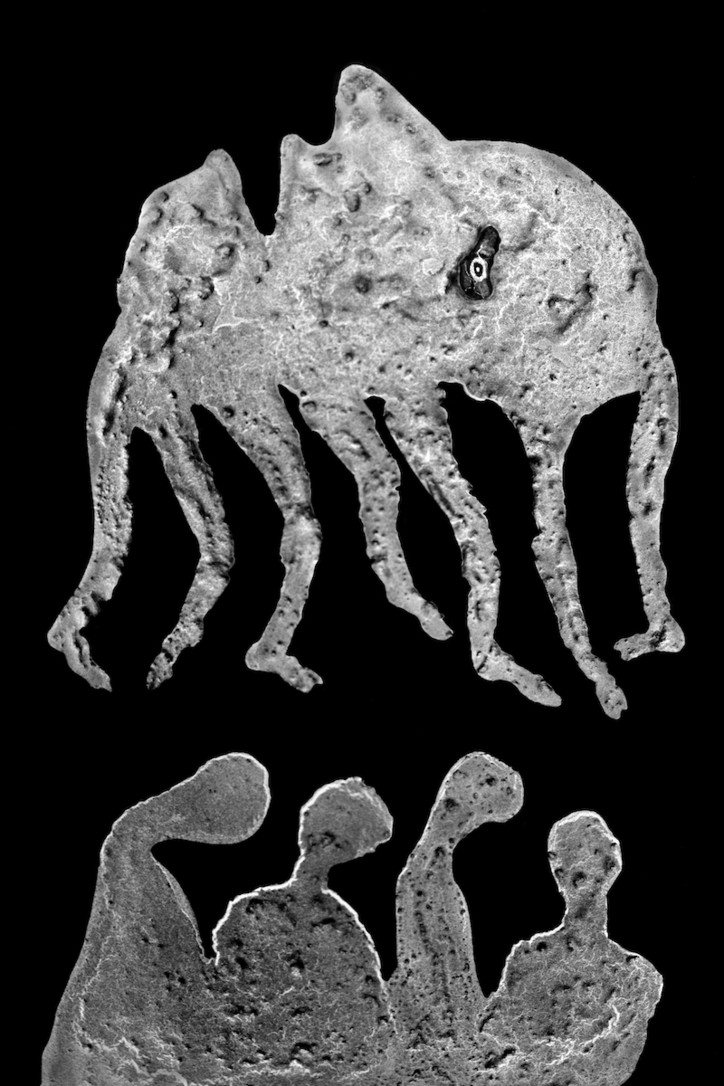
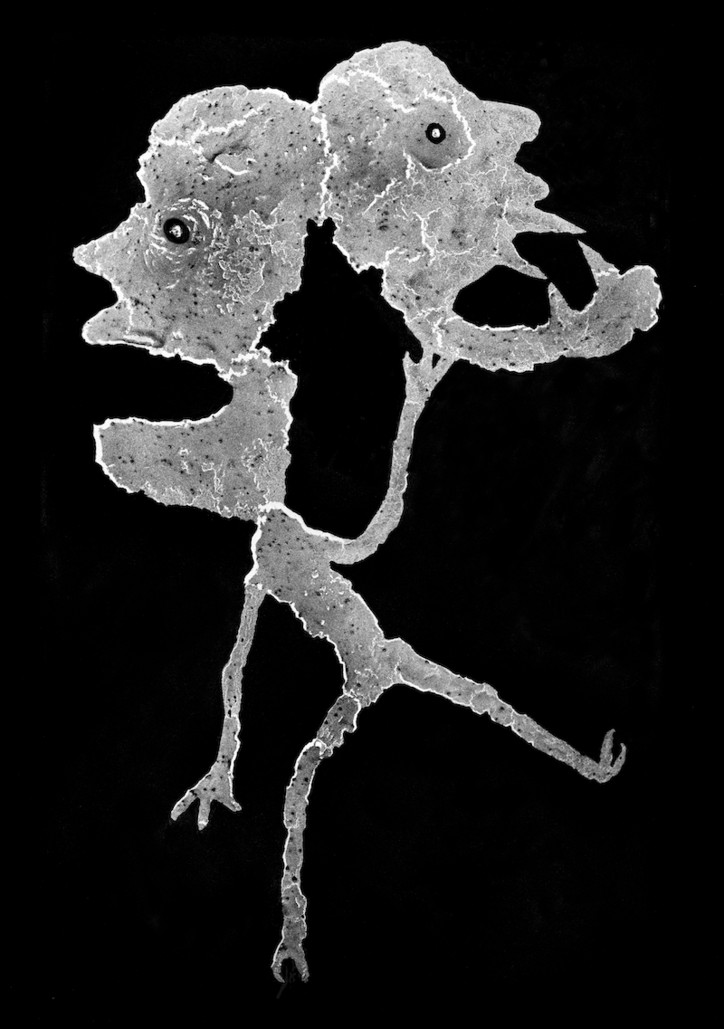
Would you say that your workplace played a big role in the creation of this work?
It was in a warehouse, but yeah. The office, or you might want to call it, “the room,” can be metaphoric for the mind. The office is your mind, your mind is the office, the room is your office, the room is your mind.
If the office is a metaphor for the mind, what does your office look like?
That’s a good question. So, what does my mind look like? The mind is made of infinity. The mind is not one thing. It’s not necessarily related to what you see. It has its own emotions. It’s a misnomer to say that the mind can see what it is, because sight is only one sense of the species. It’s made up of complexities. It just becomes big, black, blank. The pictures are black, and then there’s light coming off them. Some light sometimes comes. So the pictures are symbolic of turning your eyeballs around and seeing what’s in your mind. There’s a lot of black, and sometimes there’s just imagery, where feelings and thoughts come out.
So, in your last interview with office, you said that repression is the greatest problem we face in the world.
You see this in this election. This is a great example. With this Donald Trump behavior, you see how sexuality is repressed. He says something that most men think of in some way or another and may or may not say, and it becomes a big issue because that side is repressive, so that’s why it comes out the way it comes out. It’s true on every level in every society. It’s a problem with the species.
These are images made deep down that come up. I don’t know if I’d necessarily say they’re repressed images, they’re unformed images. The mind is so complicated, you can’t actually talk about the mind. It’s hard to make a real analogy. You could say that the mind is its own prison, or the mind is a prison of other forces, or the mind is a prison of itself. But the mind is the mind. So you start going in circles. The mind is its own prison, but what else is there? If there’s no mind, there’s nothing. You go in circles. Most of these questions, you go circular. There’s no real answers to them. And that’s what makes the process so interesting, because it brings out all sorts of aspects of the mind that are unanswerable. My movie Roger Ballen’s Theater of the Mind goes back to this concept. You’re nothing but the mind, as far as I can see. Maybe you become an apparition.
In the past you’ve documented some really fascinating people. Are there any particular figures that inspired this work?
If you look at the work in the boarding house and the asylum, you do see a lot of drawings. I did this project—drawing became a part of the project in 2005. Pictures in 2005 are connected to the current work.
I think it’s important that these pictures came out of Africa, where there’s ancestral worship, spirit worship. A lot of them converted to Christianity, but it’s not the same type of Christianity we have here. I think that that belief in ancestor worship had an impact on my thinking. I think in New York the pictures wouldn’t have the same relevance. The fact that they came from Africa in a way makes sense, because there is a real deep belief in the spirit world. Here there isn’t. The belief in technology, in science, has dominance over traditional religions.
Do you think that has a negative impact on culture, or is it just different?
I think it’s just different. Culture is culture. People express themselves in different ways, but everything really goes in circles.
When you’re traveling, do you make work at all?
I don’t take a camera. I don’t do any pictures. Too much running around, I can’t concentrate. It’s fine, I don’t need to take pictures all the time. I need to focus. Everyone’s running around, snapping pictures for their Instagram or whatever. I’m just sitting in my sister’s apartment. You’ve got to focus on what you’re doing in the present, rather than trying to do to many things at once and get them all garbled up.
Do you concern yourself with what’s going on in the art world?
I don’t actually have to look at art anymore. There’s enough in my own mind. I always say I never have the same dream twice, so I don’t feel the need to go back to the world to find things to think about, I really don’t. I like more primitive art anyway. I don’t really need to go to look at other art to do my art. There’s plenty out there. A tree is greater than any sculpture, so why not focus on the tree. I don’t have a need anymore.
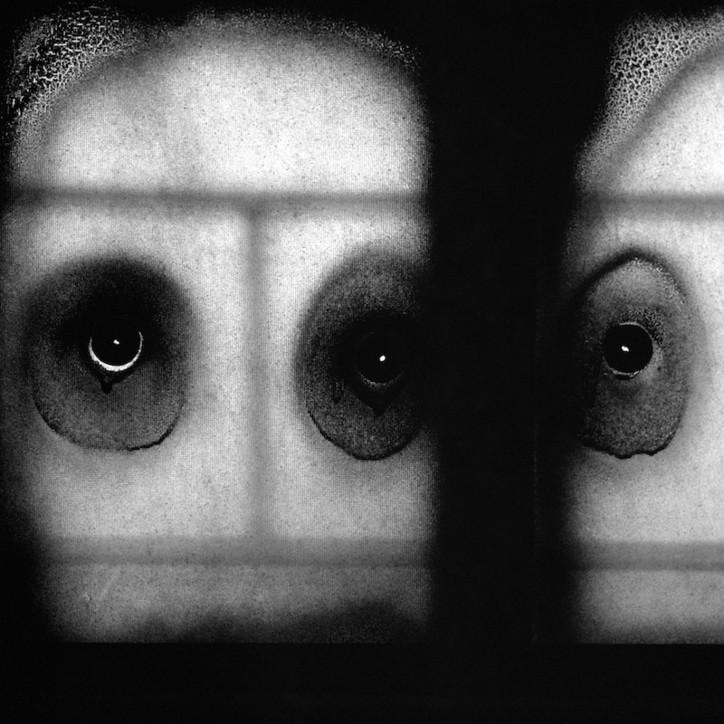
You’ve obviously had a very impactful career. How do you feel about up-and-comers who are directly inspired by your work?
I think that’s what any artist would like, you know? You’re trying to inspire yourself, but it’s very gratifying if other people react to what you do. It’s not just for one self. It’s a very positive feeling. Even if the pictures create anxiety for other people, it’s still positive because the pictures reach them. The worst thing possible is when the pictures don’t reach other people. They just walk by them. That has never happened to me ever in my life, because they’re psychological pictures. They’re strong, psychological statements, so they do have the ability to transform the psyche. Not that that’s the purpose, because I don’t have a purpose; I just do what I do, and I take the pictures that I react to. It has affect me in some deeper way.
Do you have any qualms about people misinterpreting the work? Or is it not possible?
There’s no way interpretation anymore. This happened in my early days, when people thought [the work] was just a criticism of white society in South Africa, when really it was about the human condition. That’s why the pictures are still relevant. It’s very hard to decipher, so I find that a lot of people stab at it, but it’s a hard thing to get to the core of. It’s about this, but it’s about that, and the opposite of the word. It’s a philosophical, poetic undertaking to get there.
Do you think you can get to the core of them yourself?
No. The pictures have their own life. And if they’re like life, you can’t get to the core of it.
Interview by Jocelyn Silver
All photos by Roger Ballen, © 2016 Roger Ballen. From top: Guardians, 2011. Shadows and Strangers, 2010. Assembly, 2011. Face Off, 2010. Stare, 2008.
The Theatre of Apparitions is available for pre-order here.
